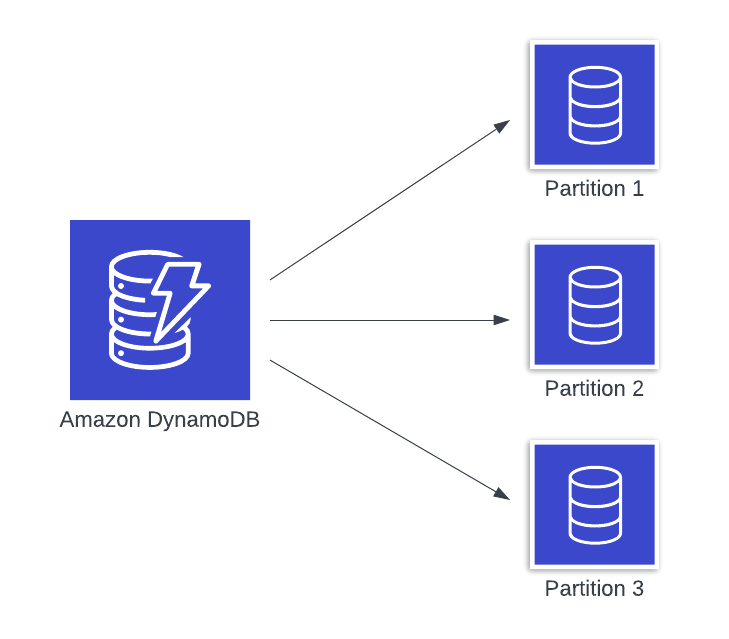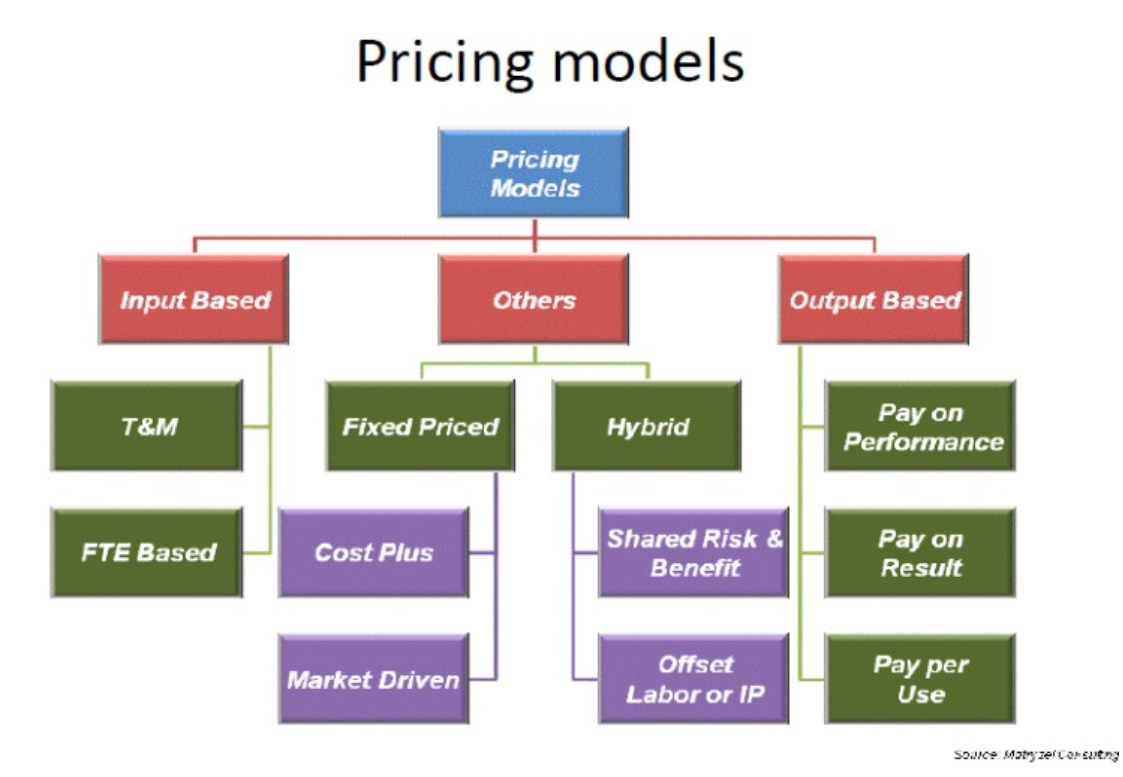In the realm of data analysis and statistics, the integration of Application Programming Interfaces (APIs) has become a transformative force, revolutionizing how professionals access, process, and utilize data. APIs provide a gateway to vast repositories of information, enabling statisticians, researchers, and data scientists to enhance their analytical capabilities and derive deeper insights. Let's explore how leveraging APIs can amplify statistical methods and promote a more robust understanding of data.
What Are APIs, and Why Do They Matter in Statistics?
APIs serve as intermediaries that allow different software applications to communicate and share data seamlessly. In the context of statistics, APIs connect statistical software with external data sources, such as databases, web services, and cloud platforms. This connectivity empowers statisticians to access real-time data, historical records, and diverse datasets from multiple sources, enriching their analyses and expanding the scope of statistical research.
Enhancing Data Accessibility and Diversity
One of the primary benefits of APIs in statistics is the enhanced accessibility to a wide range of data. Traditionally, statisticians relied on limited datasets available within their organizations or public repositories. APIs break down these barriers by offering access to extensive data repositories hosted by governments, research institutions, businesses, and other entities. This influx of diverse data sources enriches statistical analyses, enabling researchers to explore correlations, trends, and patterns across different domains and disciplines.
Real-Time Data Analysis and Monitoring
APIs enable statisticians to perform real-time data analysis and monitoring, a crucial capability in today's dynamic and fast-paced environments. By connecting to live data streams through APIs, researchers can track changes, detect anomalies, and make data-driven decisions swiftly. This real-time approach is particularly valuable in fields like finance, healthcare, and environmental science, where timely insights are essential for effective decision-making and risk management.
Automating Data Retrieval and Processing
Another significant advantage of APIs in statistics is the automation of data retrieval and processing tasks. Instead of manually collecting and organizing data from disparate sources, statisticians can use APIs to automate these processes. This automation not only saves time and effort but also reduces the risk of errors associated with manual data handling. With APIs handling routine data tasks, statisticians can focus more on analysis, interpretation, and deriving meaningful insights from the data.
Enabling Advanced Analytical Techniques
APIs facilitate the integration of advanced analytical techniques into statistical workflows. For instance, APIs can connect statistical software with machine learning models, natural language processing tools, and predictive analytics algorithms. This integration empowers statisticians to leverage sophisticated techniques for data modeling, forecasting, clustering, and sentiment analysis, among others. By harnessing the power of APIs, statisticians can unlock new dimensions of data analysis and gain deeper insights into complex datasets.
Promoting Collaboration and Knowledge Sharing
APIs also foster collaboration and knowledge sharing within the statistical community. Through APIs, researchers can access shared datasets, collaborate on projects, and contribute to open-source statistical libraries and tools. This collaborative ecosystem accelerates innovation, promotes best practices, and encourages the development of standardized methods for statistical analysis. Additionally, APIs enable seamless integration with visualization tools, allowing statisticians to communicate their findings effectively and engage diverse audiences.
Key Considerations and Best Practices
While APIs offer tremendous potential for enhancing statistical methods, several key considerations and best practices should guide their usage:
- 1. Data Security and Privacy: Ensure compliance with data protection regulations and implement robust security measures when accessing external data through APIs.
- 2. Reliability and Scalability: Choose reputable APIs with high reliability and scalability to support your statistical workflows, especially for critical analyses and large-scale projects.
- 3. Documentation and Support: Familiarize yourself with API documentation, explore developer resources, and seek community support to maximize the utility of APIs in your statistical endeavors. 4. Ethical Use of Data: Adhere to ethical guidelines and responsible data practices when collecting, analyzing, and interpreting data obtained via APIs, respecting privacy rights and data integrity.
Conclusion
In conclusion, APIs play a pivotal role in advancing statistical methods and empowering researchers to extract meaningful insights from complex datasets. By embracing APIs, statisticians can enhance data accessibility, leverage real-time analytics, automate tasks, integrate advanced techniques, foster collaboration, and adhere to best practices. Embracing APIs is not just a technological advancement but a strategic imperative for strengthening statistical methods and driving evidence-based decision-making across diverse domains. As the landscape of data continues to evolve, the synergy between APIs and statistics will continue to drive innovation, unlock new opportunities, and deepen our understanding of the world through data-driven insights.
Don't hesitate to contact Tony Mudau for more information.






